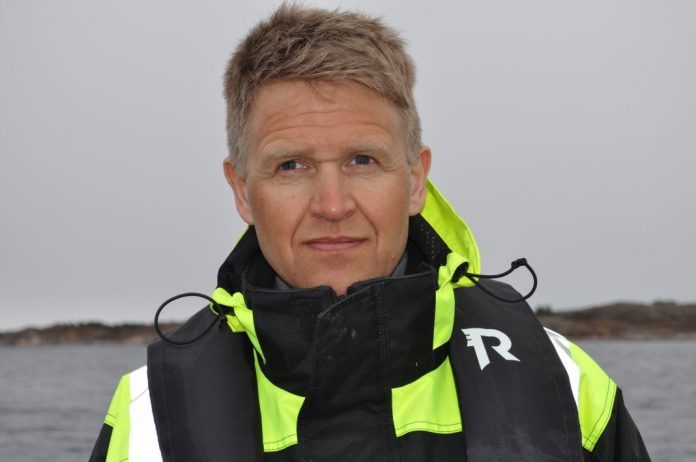Operational EBIT in the second quarter came to €90.5 million.
“SalMar’s good biological performance continued in the second quarter. Our results were driven by cost improvements and yet another quarter with high salmon prices. However, the market operates so that a portion of the salmon is sold on long-term contracts at a fixed price. In this quarter about 45 percent of the volume has been sold with a price achievement that has been below the record high spot prices. Such results are normal and part of our business,” explains SalMar’s CEO Olav-Andreas Ervik.
“Good fish health and fish welfare are fundamental to all our strategic and operational decisions. On this basis, we constantly seek new methods and solutions that can help develop and ensure continued sustainable growth within the aquaculture industry. Our vision is to produce salmon on the salmon’s own terms. We have already invested above NOK 700 (€72) million in “Ocean Farm 1”, and have recently entered into a strategic collaboration with regard to the “Smart Fish Farm”, a development project that could bring offshore fish farming another step forward.”
Gross operating revenues totalled €300 million in the quarter, after a total of 34,000 tonnes was harvested in the quarter. SalMar’s overall EBIT per kg totalled €2.65 in the quarter.
Fish Farming Central Norway’s biological performance in the quarter was good. The cost of the harvested biomass fell steadily through the period. The last remaining fish transferred to the sea in the autumn of 2016 were harvested out in April. Otherwise, the volume harvested was fish transferred to the sea in the spring of 2017. These stocks have continued the positive development and are therefore harvested at a lower production cost than the previous generation.
As previously communicated, Fish Farming Northern Norway’s costs rose in the second quarter, largely as a result of costs related to sea lice. However, a high average weight, combined with a favourable harvesting profile through the quarter, contributed to good price achievement. The segment is expected to harvest a relatively low volume in the third quarter 2018. Lower volumes could affect fixed-costs per unit, and SalMar expects the segment’s cost level to remain unchanged from the second to the third quarter.
The Sales and Processing segment made an operating loss of €15.4 million in the quarter, attributable to the fact that around 45 per cent of the volume harvested was sold under contract at prices well below the high spot prices in the quarter. Operationally, both the harvesting and processing activities have performed well, and increased volumes have helped boost capacity utilisation and improved operational efficiency.
The contract rate for the third quarter 2018 stands at 35 per cent as at 23 August.
Based on estimates of the standing biomass at the close of the second quarter 2018, the global supply of Atlantic salmon in 2018 as a whole is expected to increase by up to 6 per cent. Combined with expectations of strong demand, this indicates a balanced salmon market, with the outlook for continued high earnings.
SalMar expects to harvest around 143,000 tonnes in Norway in 2018: 100,000 tonnes in Central Norway and 43,000 tonnes in Northern Norway. Norskott Havbruk (Scottish Seafarms) and Arnarlax are expected to harvest 26,000 and 6,700 tonnes respectively in 2018.


